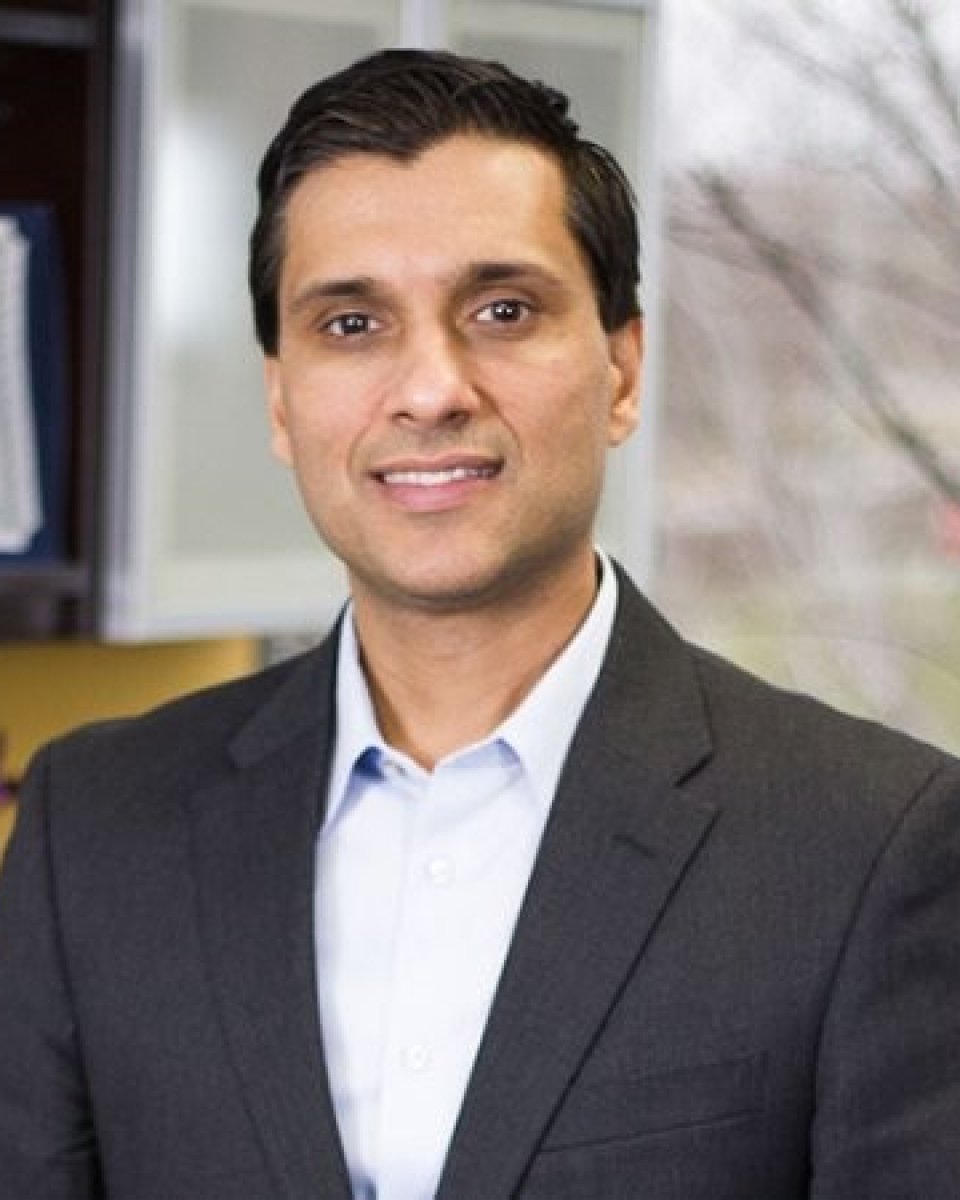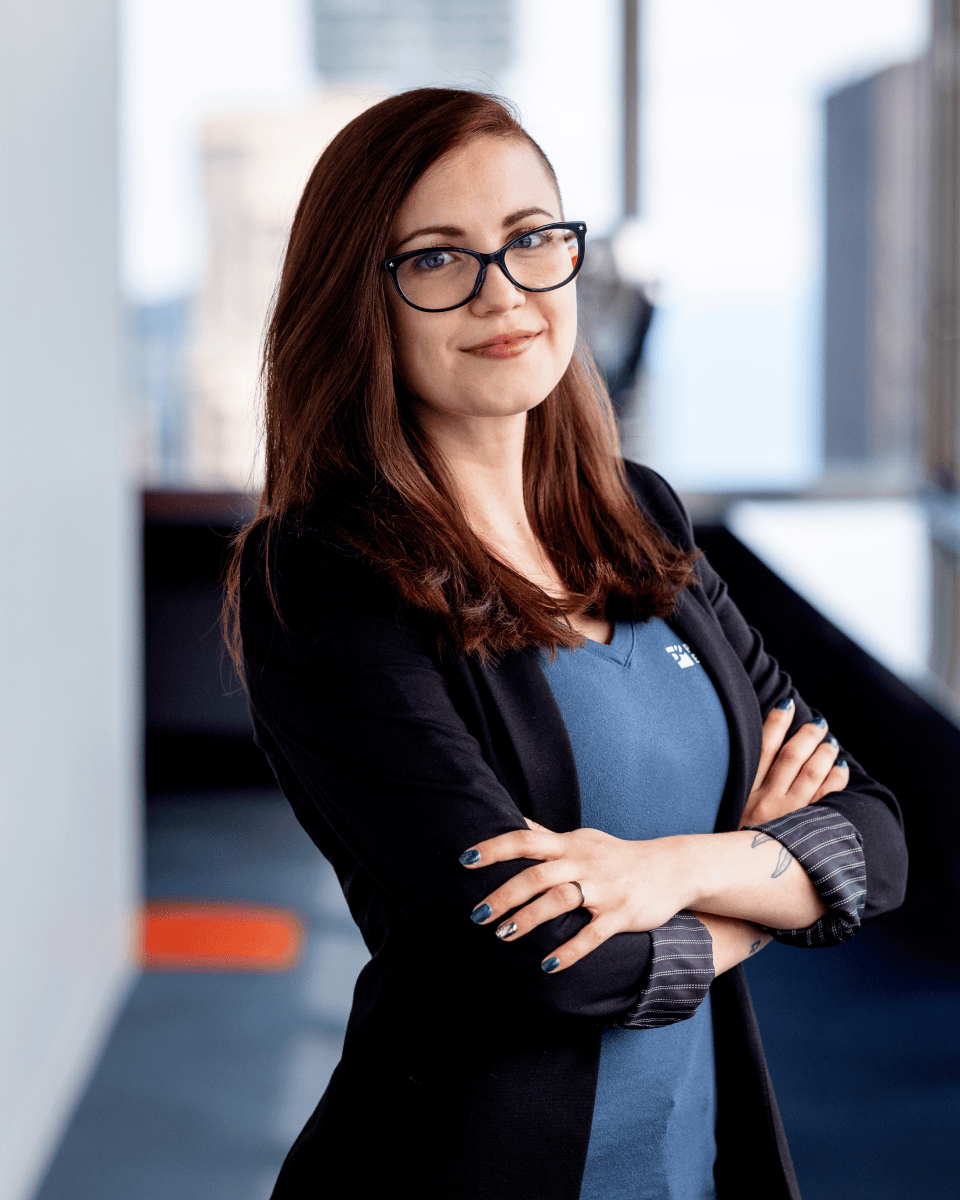
Breaking Down AI: Real Applications in Healthcare
The integration of artificial intelligence (AI) into healthcare is no longer just a promising experiment—it is rapidly transforming every facet of medical services, from patient care to backend operations. To help you better understand...

Unveiling Healthcare's Future with AI: A conversation with Becker's Healthcare

How 5G is Transforming Patient Care and Operations

Data as an Asset to Drive Patient-Centricity and Operational Excellence

PARTNER / REDOX
Up in the Cloud: Future-Proofing Healthcare Data with Cal Harris
Watch Video

Season 2 / Episode 2
Generative AI in Healthcare: Risks & Rewards | A Deep Dive with Raheel Retiwalla
Watch Video

Season 2 / Episode 1
The Johns Hopkins ACG® System And Its Impact On Population Health Management with Sarah Kachur
Watch Video

Overcoming Barriers in Healthcare Digital Transformations

From Email To Omnichannel: Transforming Campaigns Into Scalable Digital Marketing Strategies For Enhanced Engagement

Harnessing Data to Drive Patient-Centricity and Operational Excellence

How Technology is Enabling Aging in Place

Digital Ecosystem Considerations for Mergers & Acquisitions in Healthcare





